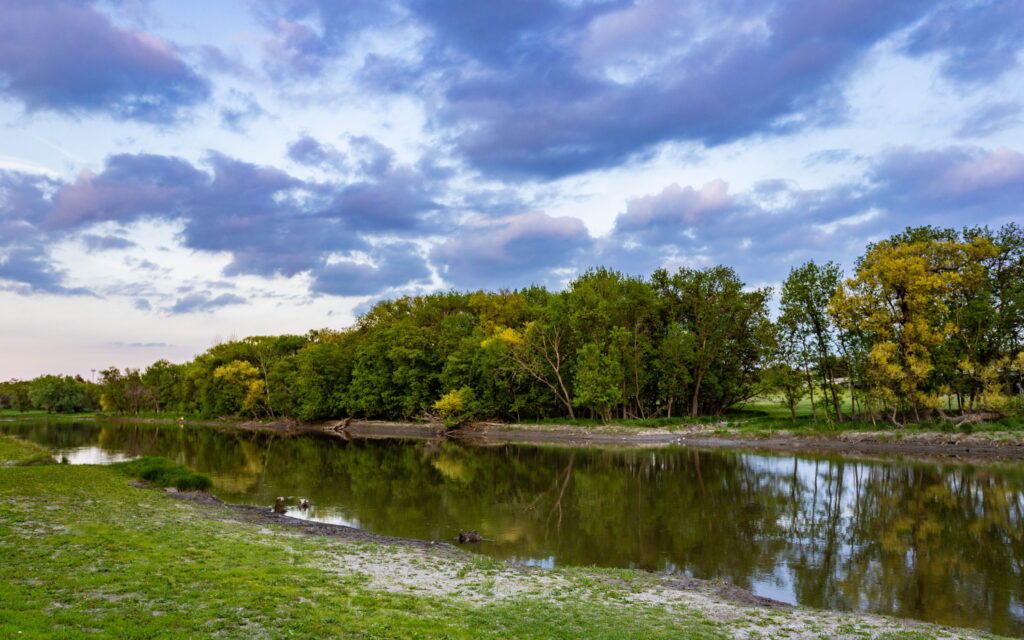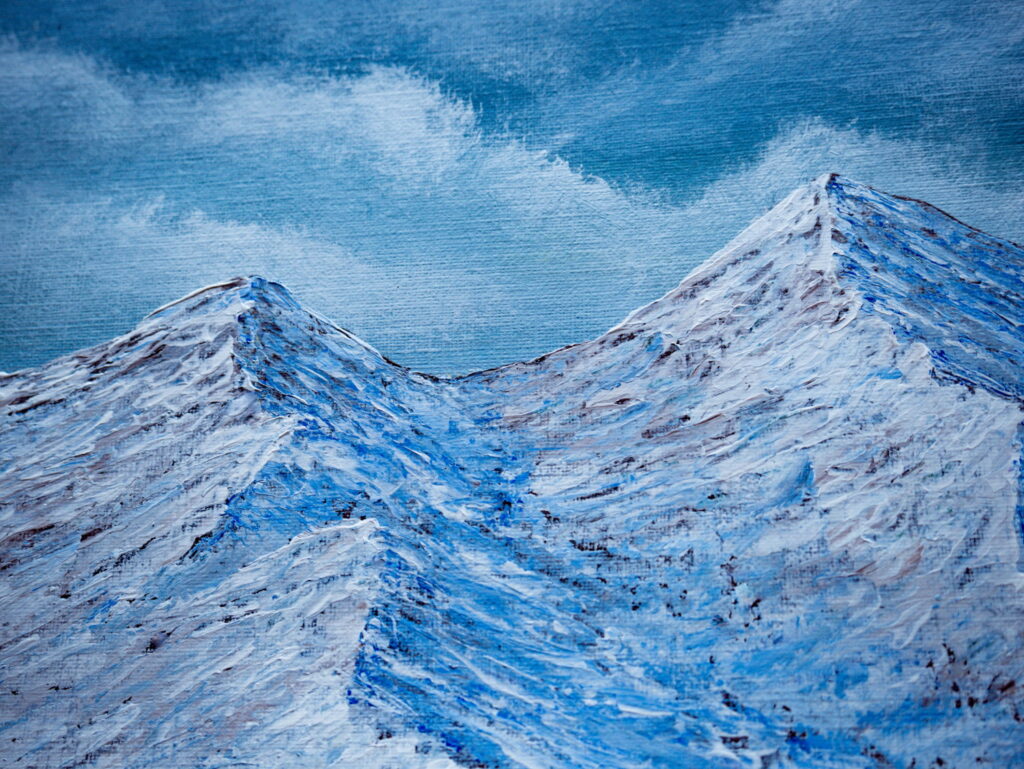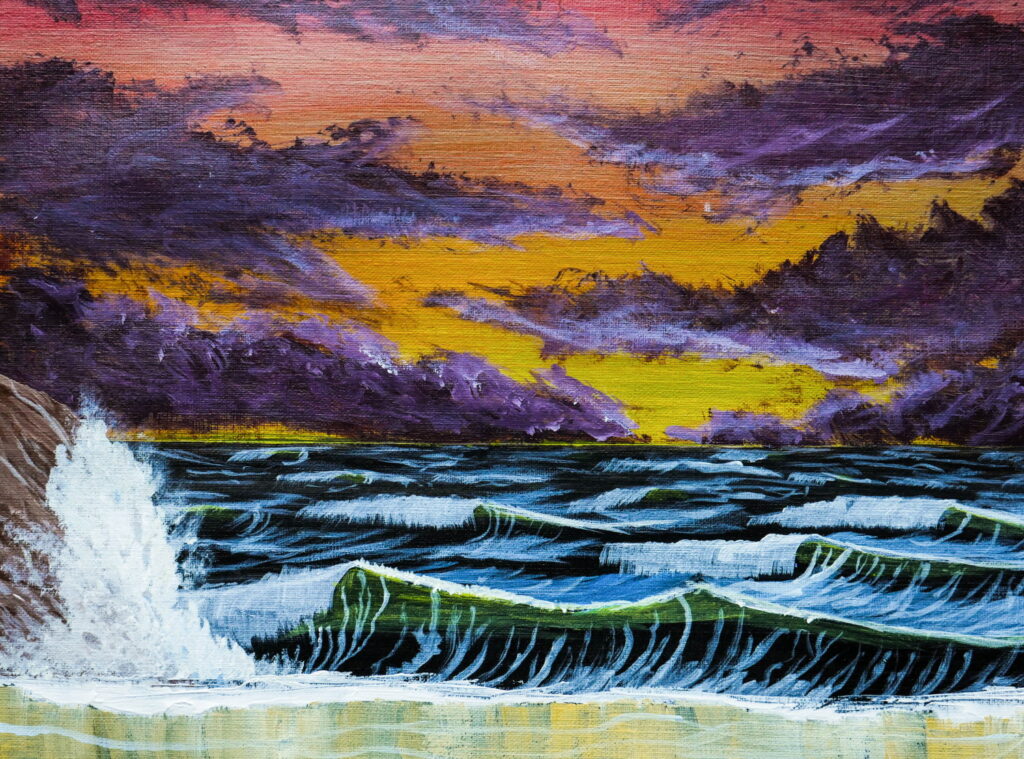Photography and painting are similar in many ways. The line between these disciplines is even blurry at times. There are also distinct differences.
Is Photography an Art?
Photography is sometimes art, just as painting is sometimes art. Both disciplines only reach the level of art when the expression of the photographer or painter’s creative (and technical) skill and imagination are used to create a work that can be appreciated for it’s beauty or emotional power.
A photographer, through technical skill, knowledge of composition and lighting, and creativity can create photographs with immense beauty and emotional power. It is the possibility of accidentally great photographs that draw people to conclude that photography is not an art. This is because of the ease in which accidentally great photographs can be taken relative to other artistic professions.
It is highly unlikely that a new, unskilled painter will accidentally create a beautiful or emotionally powerful painting, but quite possible for a new, unskilled photographer to accomplish that task. In my opinion, the correct conclusion to draw from this reality is simply that it is somewhat easier to start taking good photographs than it is to start making good paintings, nothing more.
What makes both photographers and painters artists is the ability to consistently and consciously perform at a high level. To be able to create works of exquisite beauty and emotional weight.
Photography vs Painting
Photography is creating depictions of reality at a moment in time. The photographer may create the scene or arrange the elements, but photos are ultimately a reflection of reality. Painting is the application of paint to a painting medium such as canvas. Painting need not reflect reality.
Both require technical skill, but the techniques are different. Photography requires a knowledge of exposure settings, camera operation, lenses, lighting, and composition. Painting requires a knowledge of shape, form, perspective, color, and brush technique.
Creativity is expressed differently in painting and photography. In photography, creativity is expressed through perspective, focal length, depth of field, and photo editing. In painting, creativity is expressed through imagination, texture, or techniques such as impressionism, cubism, or being abstract.

Descriptive Photography vs Descriptive Painting
Photography has the tendency, in many cases, to purely be descriptive. It shows what exists in the real world, as a person would see it. This requires little skill to accomplish. Descriptive painting, however, requires a great deal of skill. The painter must understand shape, form, perspective, color, etc. to create depictions of the real world. This may draw some to believe that photography is not art. This is wrong. All this means is photography isn’t art when being descriptive.
When creating art, it’s the job of the photographer to go beyond the purely descriptive, and to depict something greater. A camera is a tool of pure descriptive power, the photographer must make that tool do more than just describe to reach the level of art.
Photo Editing and Painting
The ability to edit photos is another variable in the equation. Programs such as Photoshop allow photographers to turn their photos into canvases. You can digitally paint, creating greater opportunity for artistic expression. This makes photography and painting similar in a very direct sense.
Painting is not all you can do in these programs. Masking, adjusting color, contrast, copying, compositing, and much more all allow photographers to go beyond both photography and painting. Photo editing is almost an artistic discipline of its own.
In the same token, the lines between these artistic disciplines can become blurry. A person who is painter, photographer, and photo editor could paint a picture, take a photo of it, and edit that photo to become something else entirely. These artforms need not be separated.

Perception, Painting, and Photography
Perception is an area that highlights a key difference between painting and photography. If you show a picture of the same landscape to ten different painters and tell them to paint it, you will receive ten different paintings. Their perception of what they saw, how they interpreted it, and their own style and creativity added on top will make that result happen every time. In painting, perception is internal. The artist gets to choose how they perceive what they paint.
In photography, perception works differently. The camera perceives the world as it is, and the photographer can see the result before they take the picture. Perception is external in photography. If that is the case, how do photographers exercise creativity? Let’s return to the example from painting.
You tell ten photographers to take a picture of the same landscape, and lo and behold, you get ten different pictures. Perhaps some of them are not even recognizably of the same place. How does this happen? The photographer must change the perspective of the camera to match their own creative desire. This is done by changing focal length, aperture, physical position, and editing photos after they’re taken.
So, in painting you put your perception on canvas (or whatever the medium) directly, and in photography, you make the camera change its perception of the scene to your intent.

Painting and Technology
Drawing and painting are no longer relegated to the world of paint and canvas. Drawing tablets that connect to your computer are becoming popular and function in much the same way as painting. Painting software allows you to choose brush type, color, and transparency to create paintings directly on your computer.
High end tablets can be hundreds of dollars, but lower end tablets are quite inexpensive. This makes drawing tablets a viable and likely cheaper alternative to painting for those who don’t have space, don’t want to get messy, or just prefer to work on their computer.
Conclusion
Painting and photography share many similar qualities and even intersect through photo editing and drawing tablets. They require different technical skills, but both demand creativity and passion to create art. I would highly recommend doing both.
